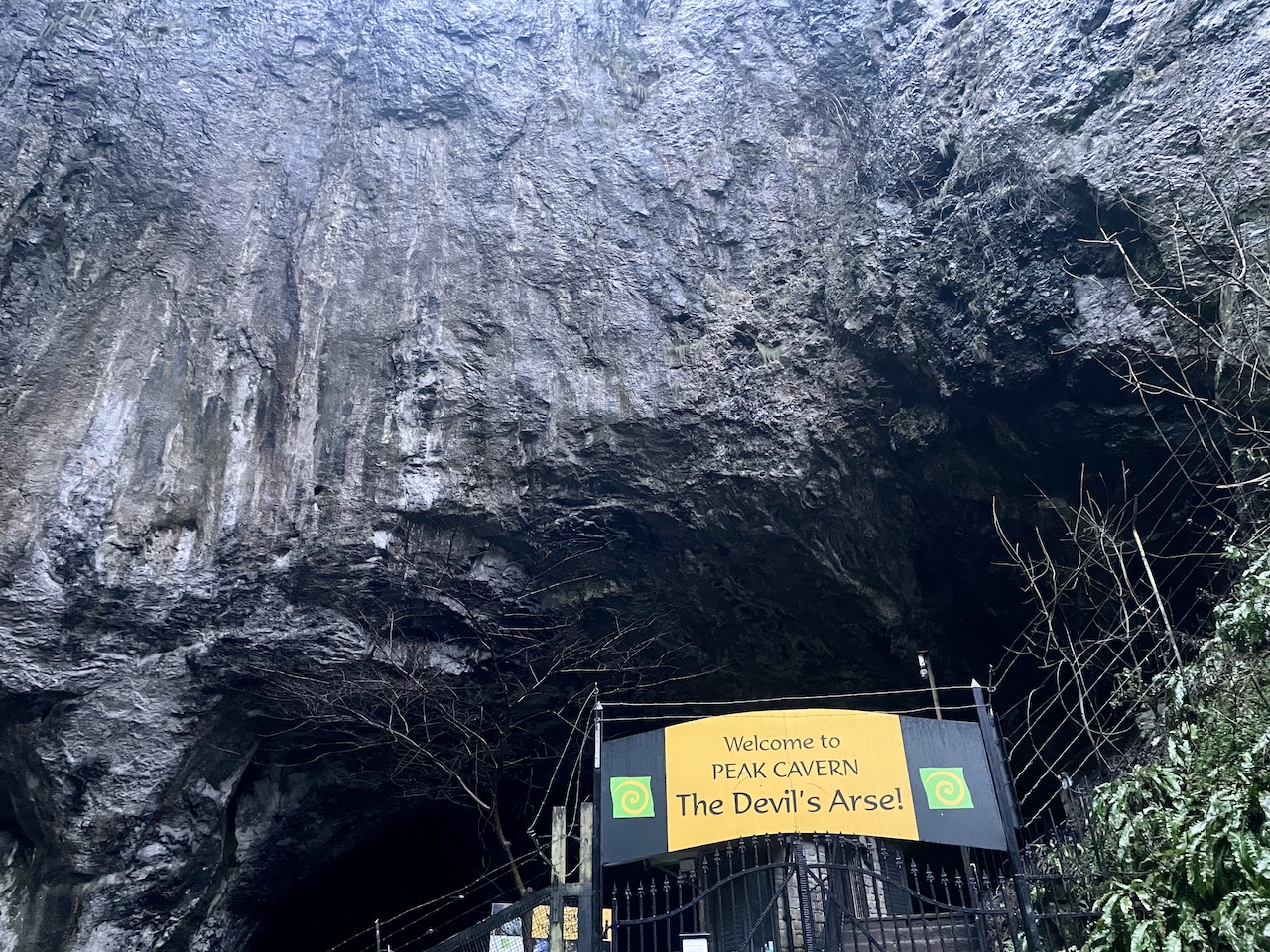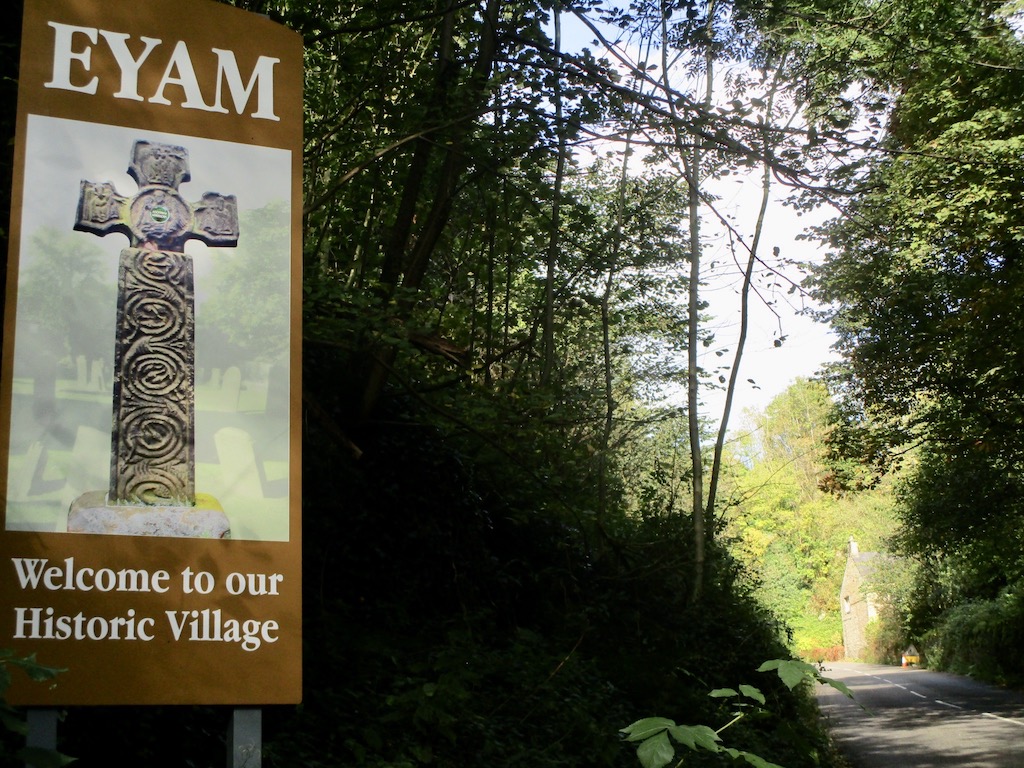
* With May Bank Holiday approaching, this piece takes a look at one of Britain’s more unusual summer traditions.
As ever, follow me on Twitter, or subscribe to the RSS, for weekly updates from my travel-writing archive in the months to come.
* Image: www.peakdistrictinformation.com/features/wellart.php
The villagers around rural Derbyshire do it every year.
It draws on ancient English folklore relating to the natural environment. It is the ancient art of well dressing and retired joiner, Roger Stubbins, 72, from the Derbyshire farming village of Barlow, is one of its leading exponents.
Well, he does have 48 years of experience. “My parents brought me to see the well dressing as a little boy,” he says.
“I still remember the sense of occasion that day with the fair and the main street full of people.”
Celtic origins
Well dressers decorate springs and wells with materials provided entirely by nature. The tradition is thought to originate from a Celtic thanksgiving rite for fresh water and has become a cornerstone of Derbyshire’s rural heritage.
The process takes a wooden frame, packed with soft, wet clay, and transforms by it into a colourful but transient artwork.
Each year a new picture, often depicting a biblical scene, is hand drawn and the outline craved out before being filled with freshly gathered flowers, moss and heather. It’s an organic process with a team of seven to ten people working solidly for nearly two weeks.
Of the 80 wells around Derbyshire to be dressed between May and September, the Barlow well is one of the best know.
Records show villagers have been dressing it every year since at least 1800 with the pump added in 1840. Today, it still attracts huge crowds of visitors, including coach parties touring local wells, and raises over £1,000 for local charities in the process with its on-site collection boxes.
Each village has a different technique. Barlow uses whole flowers, not fragments or petals, and late-summer flowers coming into season, such as marigolds, yarrow and chamomile.
The team spends a week foraging for materials and preparing the frame, then a further five days actually dressing the well itself. The final stage comes when the local vicar blesses their handiwork and leads a procession of over 200 people through the village to the fairground.
“I started dressing in my early twenties. I used to take a week off work and we would work 5am to 10pm, eating all out meals in the pub garden opposite,” says Roger.
“Today we take a bit longer over it, but I still enjoy the banter and the companionship. We have a good laugh together.”
Visitors are welcome to watch the work in progress and some even feel moved to join in. For details, collect a booklet from the tourist office in nearby Chesterfield with dates for dressings and blessings around the county.
Handed down
To the well-dressing cognoscenti, however, it’s an intricate and time-consuming affair. The process follows a strict set of guidelines passed down through the generations from father to son and, in recent years, father to daughter.
The secret, explains Roger, is to mark out the outline of the picture with bark before applying the flowers.
“Everyone has their own bark,” he says, his work-worn hands clutching slithers of larch. “I’ve used the same bark for 48 years and I’m the third owner of it. It was passed down to me by the men who taught me how to dress and I vowed to keep it safe.”
This year Barlow is departing from the usual triptych design to produce one large, single image, based on the story of Christ and the fishermen.
Over the years Roger and his co-workers have tackled the likes of The Last Supper, Adam and Eve and Saint Francis of Assisi. The year they marked the anniversary of the Battle of Trafalgar proved a particularly testing one.
“It’s always hard getting it in proportion,” says Roger. “We use yarrow for the sky but, some years, supplies are scare, so we simply have to make a smaller sky.”
Another problem is training up the next generation of well dressers. Many of the villagers started dressing as children but move away in search of work and never come back.
“I’m the oldest now. We’ve got a couple of young ‘uns in their forties. Some people are very enthusiastic in the first year but, when they realise how much hard work is involved, they’re not so keen to come back,” he says.
Autumn leaves
Like the changing of the seasons, the well-dressing tradition reaches its crescendo in September. As the last flowers wilt, the frame is taken down and stored for another year at the local pub.
“When we take it down and I go home, I feel a bit lost. I’ve lived with the well every day for a fortnight,” says Roger.
“But we’ll be back next year as it’s a huge part of the local community,” he adds.
“I think it’s essential to keep these village traditions alive.”


